- No products in the cart.
Kokarnit lyophilisates for solution for injection 187.125mg 3ml Amp. Pieces 3 + 3 pcs solvent 2ml
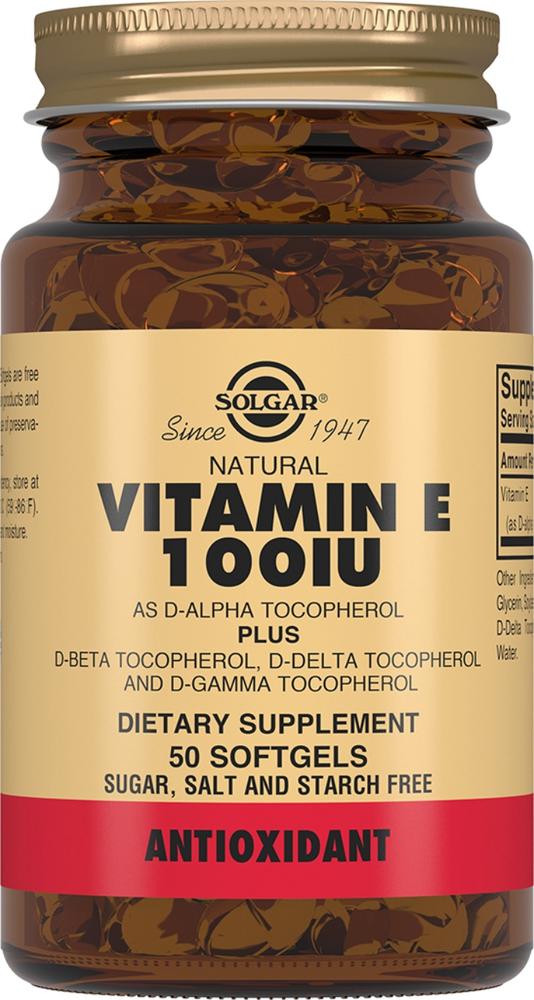
Solgar Vitamin E capsules. 560mg 100me 50 pc
$16.53
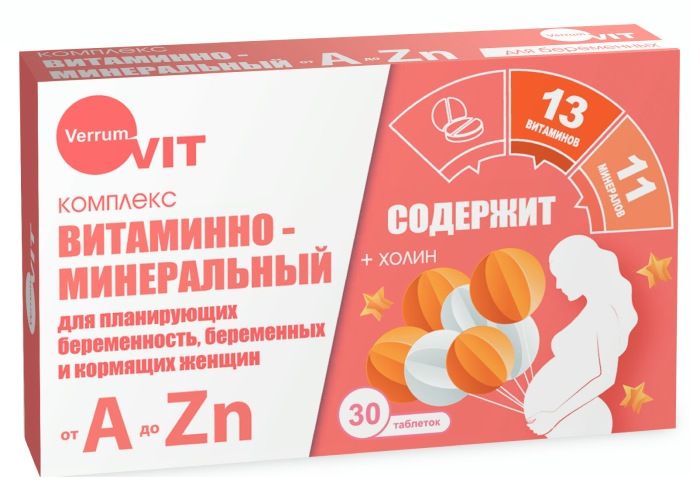
Verrum-vit vitamin-mineral complex of zinc and up tab for planning pregnancy pregnant and lactating women 30 pcs WTF
$6.68
$16.14
Kokarnit lyophilisates for solution for injection 187.125mg 3ml Amp. Pieces 3 + 3 pcs solvent 2ml
Description
Composition
Active substance:
Trifosadenina disodium trihydrate – 10.0 mg cocarboxylase – 50.0 mg, cyanocobalamin – 0.5 mg of nicotinamide – 20.0 mg ;.
Excipients:
Glycine – 105.875 mg methyl parahydroxybenzoate – 0.6 mg propyl parahydroxybenzoate – 0.15 mg.
Each ampoule of solvent contains:
Lidocaine hydrochloride – 10 mg Water for injection – up to 2 mL.
Description:
Lyophilized mass of pink. The reconstituted solution – transparent pink.
Product form:
Lyophilizate for preparation of solution for intramuscular injection / together with the solvent.
By 187.125 mg in dark glass vials with one or two rings fracture volume of 3 ml.
2 ml of solvent (0.5% solution of lidocaine hydrochloride) in dark glass vials with ring fracture volume of 2 ml. 3 vials of medication, complete with 3 ampoules of solvent in blisters.
A contour cell package with instructions for use placed into cardboard pack.
Contraindications
– hypersensitivity to any component of a drug or solvent; – cardiovascular diseases: acute myocardial infarction, uncontrolled hypertension, hypotension, severe bradyarrhythmias, AV-block II-III level, chronic heart failure (III-IVst of NYHA.), Cardiogenic shock and other types of shocks, prolongation syndrome the QT, thromboembolic, hemorrhagic stroke; – inflammatory lung disease, chronic obstructive pulmonary disease, bronchial asthma; – pregnancy, breast-feeding; – Children up to age 18; – hypercoagulation (including acute thrombosis) erythremia, erythrocytosis; – gastric ulcer or duodenal ulcer in the acute stage; – gout; – hepatitis, cirrhosis.
Precautions should be used drug for angina pectoris.
Indications
Symptomatic treatment of diabetic polyneuropathy.
Interaction with other drugs
In patients treated with hypoglycaemic agents group biguanide (metformin), due to malabsorption of cyanocobalamin from the gastrointestinal tract may be a decrease in blood concentrations of cyanocobalamin. With other drug interactions hypoglycemic agents are not described.
Cyanocobalamin is not compatible with the ascorbic acid, salts of heavy metals, bromide thiamine, pyridoxine, riboflavin, folic acid. Can not be used simultaneously with cyanocobalamin medications that increase blood clotting. Furthermore, it should avoid the simultaneous use of cyanocobalamin with chloramphenicol.
Aminoglycosides, salicylates, protivoeptilepticheskie drugs, colchicine, potassium drugs reduce the absorption of cyanocobalamin.
When the joint application of preparations containing trifosadenin, dipyridamole dipyridamole enhanced action, in particular vasodilating action. Dipyridamole enhances trifosadenina effect.
It exhibits some antagonism when used in conjunction with the preparation of purine derivatives (caffeine, theophylline).
Should not be administered simultaneously with cardiac glycosides in large doses as enhanced risk of adverse reactions on the part of the cardiovascular system.
In an application with xantinol nicotinate reduced drug effect.
Nicotinamide potentiates the effect of sedatives, tranquilizers, and antihypertensives.
Overdose
Components KOKARNIT drugs have a wide therapeutic range.
symptoms of overdose
Trifosadenin: exceeding the maximum daily dose (600 mg for an adult human) can lead to the development of the following symptoms: dizziness, decreased blood pressure, transient loss of consciousness, arrhythmias, atrioventricular block II and III degree, asystole, bronchospasm, ventricular disorders, sinus bradycardia and tachycardia.
Kokarboksilaza: Symptoms reported following post-dose, exceeding recommended more than 100 times: headache, muscle spasm, muscle weakness, paralysis, arrhythmia.
Cyanocobalamin: after parenteral administration of high doses observed eczematous skin disorders and benign form of acne. When used in high doses may develop hypercoagulation violation of purine metabolism.
Nicotinamide: at high doses observed hyperpigmentation, jaundice, amblyopia, fatigue, aggravation of gastric ulcer and duodenal ulcer. With prolonged use steatogepatoza mentioned development, increasing the concentration of uric acid in the blood, impaired glucose tolerance.
Treatment. The introduction of the drug stopped immediately assigned symptomatic therapy, including desensitization.
pharmachologic effect
Pharmacological group:
Vitamins and metabolic agents.
Pharmacodynamics:
The drug is a rationally selected complex metabolic substances and vitamins.
Trifosadenin is derived adenosine stimulates metabolic processes. It has vasodilating effects, including coronary and cerebral arteries. It improves metabolism and energy supply of tissues. It possesses antihypertensive and antiarrhythmic action. After parenteral administration, it penetrates the cell bodies, wherein splits into adenosine and inorganic phosphate with the release of energy. Subsequently cleavage products are included in the synthesis of ATP. Under the influence of ATP occurs lowering blood pressure, relaxing smooth muscle, improved conduction of nerve impulses.
Cocarboxylase – coenzyme formed in the body from entering from the outside of thiamine (vitamin B1). Included in the enzyme carboxylase catalyzes the carboxylation and decarboxylation of alpha-keto acids. Indirectly promotes the synthesis of nucleic acids, proteins and lipids. Decreases in the organism concentration of lactic and pyruvic acids, promotes the absorption of glucose. Improves trophic nervous tissue.
Cyanocobalamin (vitamin B12) in the body is transformed into methylcobalamin and 5-dezoksiadenozilkobalamin. Methylcobalamin is involved in the conversion reaction gomotsisteinav methionine and S-adenosylmethionine – key metabolic reactions pyrimidine and purine bases (and hence DNA and RNA). When vitamin deficiency in this reaction it may replace metiltetragidrofolievaya acid, wherein the reaction folievopotrebnye disturbed metabolism.
5-dezoksiadenozilkobalamin serves as a cofactor for the isomerization L- methylmalonyl-CoA to succinyl-CoA – important reaction carbohydrate and lipid metabolism.
Deficiency of vitamin B12 leads to disruption of proliferation of rapidly dividing cells of hematopoietic tissue and epithelium, as well as to disruption of neuronal myelin sheath formation.
Nikotinamid- one form of vitamin PP, is involved in redox processes in the cell, improves carbohydrate and nitrogen metabolism, regulates tissue respiration.
Pharmacokinetics:
Trifosadenin
After parenteral administration, it penetrates the cell bodies, wherein splits into adenosine and inorganic phosphate with the release of energy. Subsequently decomposition products are included in the resynthesis of ATP.
kokarboksilaza
Rapidly absorbed following intramuscular injection. Penetrates into most tissues of the body. Undergoes metabolic degradation. The metabolic products are derived primarily by the kidneys.
cyanocobalamin
Blood cyanocobalamin binds to transcobalamin I and II, which transports it to the fabric. Deposited mainly in the liver. Communication with plasma proteins 0 to 90%. Quickly and completely absorbed after intramuscular or subcutaneous injection. The maximum concentration after administration vnutriyshechnogo achieved after 1 hour.
output bile from the liver to the intestine and again absorbed into the blood. The half-life – 500 days. Displayed with normal renal function – 7-10% kidneys, about 50% – intestine. With reduced renal function – 0-7% kidneys, 70-100% – intestine. It crosses the placental barrier into breast milk.
nicotinamide
Rapidly distributed into all tissues. It crosses the placental barrier and into breast milk. It is metabolized in the liver to form the nicotinamide-N-methylnicotinamide. Excreted by the kidneys.
Plasma half-life is approximately 1.3 hours, a fixed volume of distribution – about 60 liters, total clearance – about 0.6 L / min.
Pregnancy and breast-feeding
Do not use the drug during pregnancy KOKARNIT.
It is recommended to stop breast-feeding at the time of treatment with the drug.
Conditions of supply of pharmacies
On prescription.
side effects
The incidence of adverse reactions is given in accordance with the WHO classifications: very often (1/10); often (less than 1/10, but more 1/100); infrequently (less than 1/100 but more 1/1000); rare (less than 1/1000, but more than 1/10000); very rare (less than 1/10000) including individual cases; frequency is unknown.
Immune system: rare – allergic reactions (skin rash, shortness of breath, anaphylaxis, angioedema).
Co nervous system: in some cases – dizziness, headache, agitation, confusion.
Co side of the heart: it is very rare-tachycardia; in some cases, bradycardia, arrhythmia; the frequency is unknown – pain in the heart
From the side of blood vessels: the frequency is unknown – redness of the skin of the face and upper body with a feeling of tingling and burning, “hot flashes.”
Co gastrointestinal tract: in some cases – vomiting, diarrhea.
Co Skin and subcutaneous tissue disorders: very rarely – increased sweating, acne, pruritus, urticaria.
Co Musculoskeletal and connective tissue disorders: very rarely – seizures.
General disorders and at the injection site: very rare – it may be irritation, pain and a burning sensation at the site of injection, weakness.
If any of these adverse reactions were aggravated or any other adverse reaction not mentioned in the instructions, you should inform your doctor.
If severe adverse reactions, medication overturned.
special instructions
When aggravation of symptoms or no effect after 9 days you need a course correction treatment.
In applying the drug KOKARNIT requires the proper selection of a hypoglycemic medicament doses and adequate control of diabetes mellitus.
Color of the prepared solution must be pink.
You can not use the drug if the color of the solution changed.
The solution should be used immediately after its preparation!
The effect on the ability to operate vehicles, machinery
At occurrence of side effects on the central nervous system (dizziness, confusion) to refrain from driving vehicles, and other mechanisms.
Storage conditions
In the dark place at a temperature of from 15 to 25 ° C.
Keep out of the reach of children.
Dosing and Administration
The drug is administered by deep intramuscular (into the gluteal muscle).
In cases of severe pain syndrome treatment is advisable to start with intramuscular administration of 1 ampoule (2 ml) per day to relieve acute symptoms. Duration of application – 9 days.
After improvement of symptoms or in cases of moderate symptoms of polyneuropathy: 1 ampoule 2-3 times a week for 2-3 weeks.
The recommended course of treatment 3-9 injections depending on the severity of the disease.
The duration of treatment and repeat courses determined by the doctor depending on the nature and severity of the disease.
Use in children
Data on the efficacy and safety of the drug Kokarnitu no children.
Information
Appearance may differ from that depicted in the picture. There are contraindications. You need to read the manual or consult with a specialist
Additional information
| Weight | 0.100 kg |
|---|---|
| Manufacturer | TROKAS |

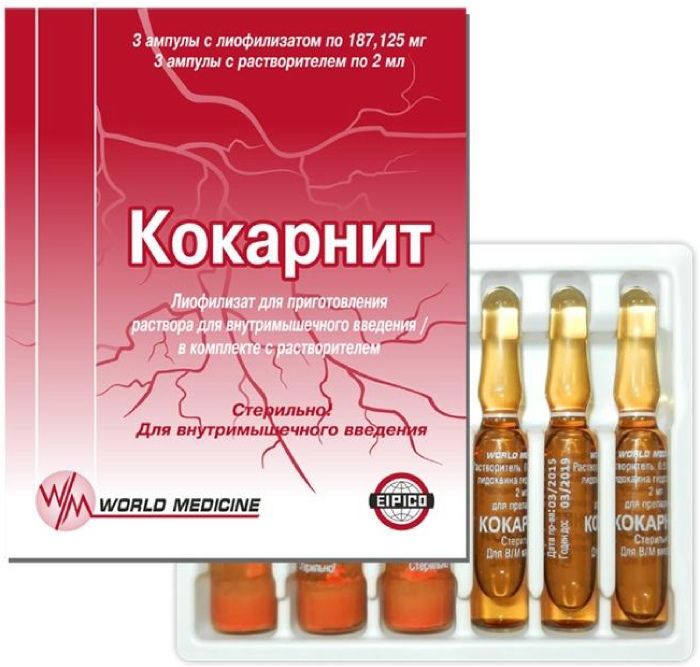

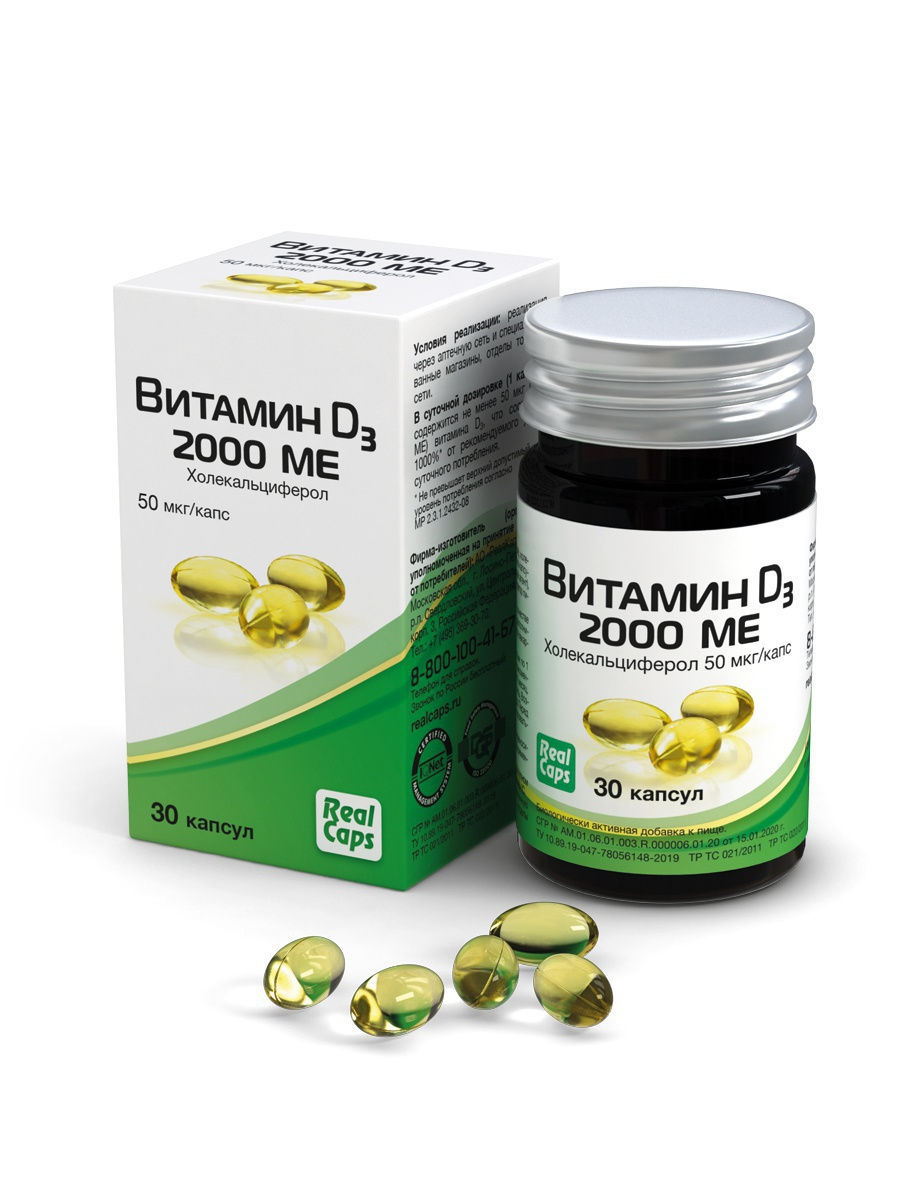
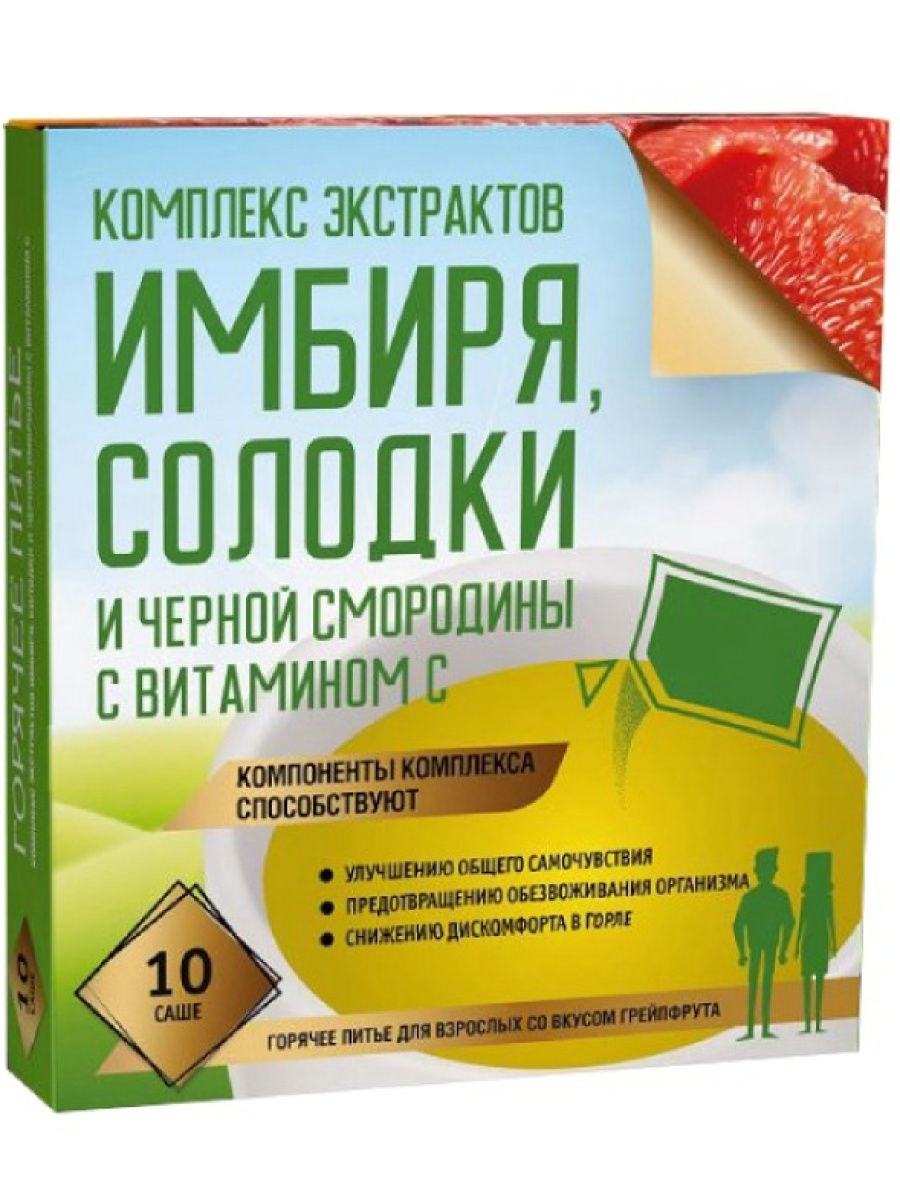
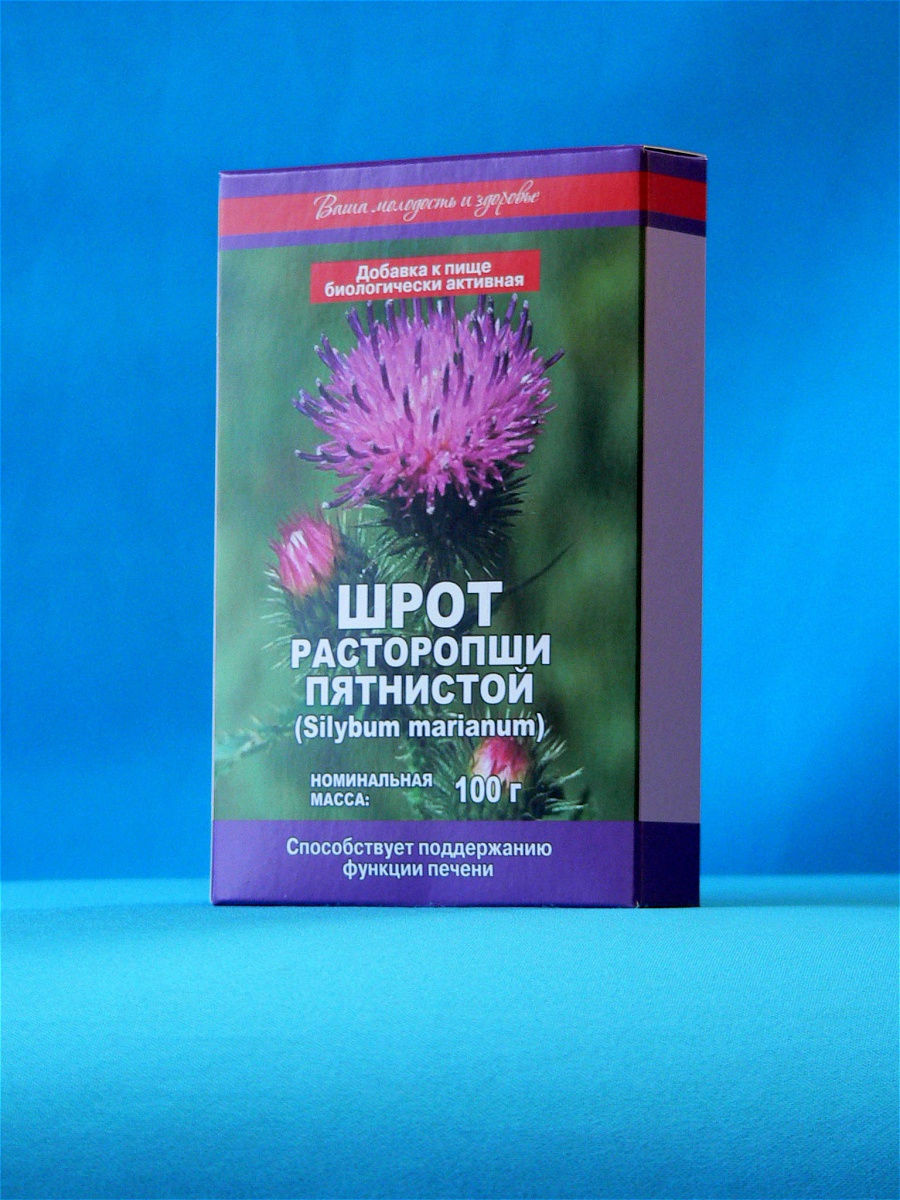
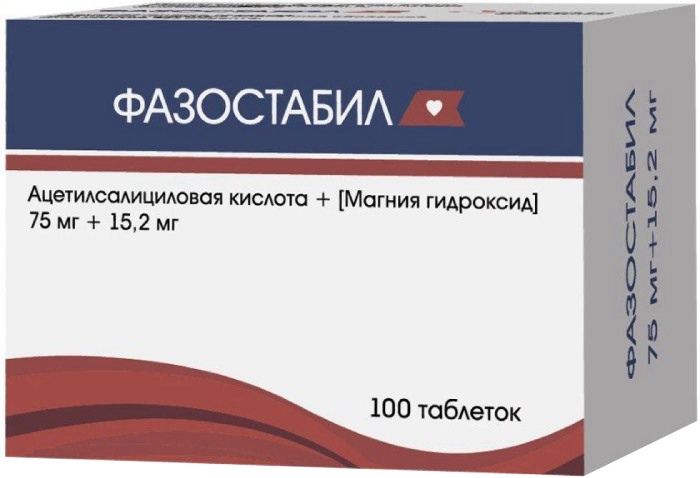
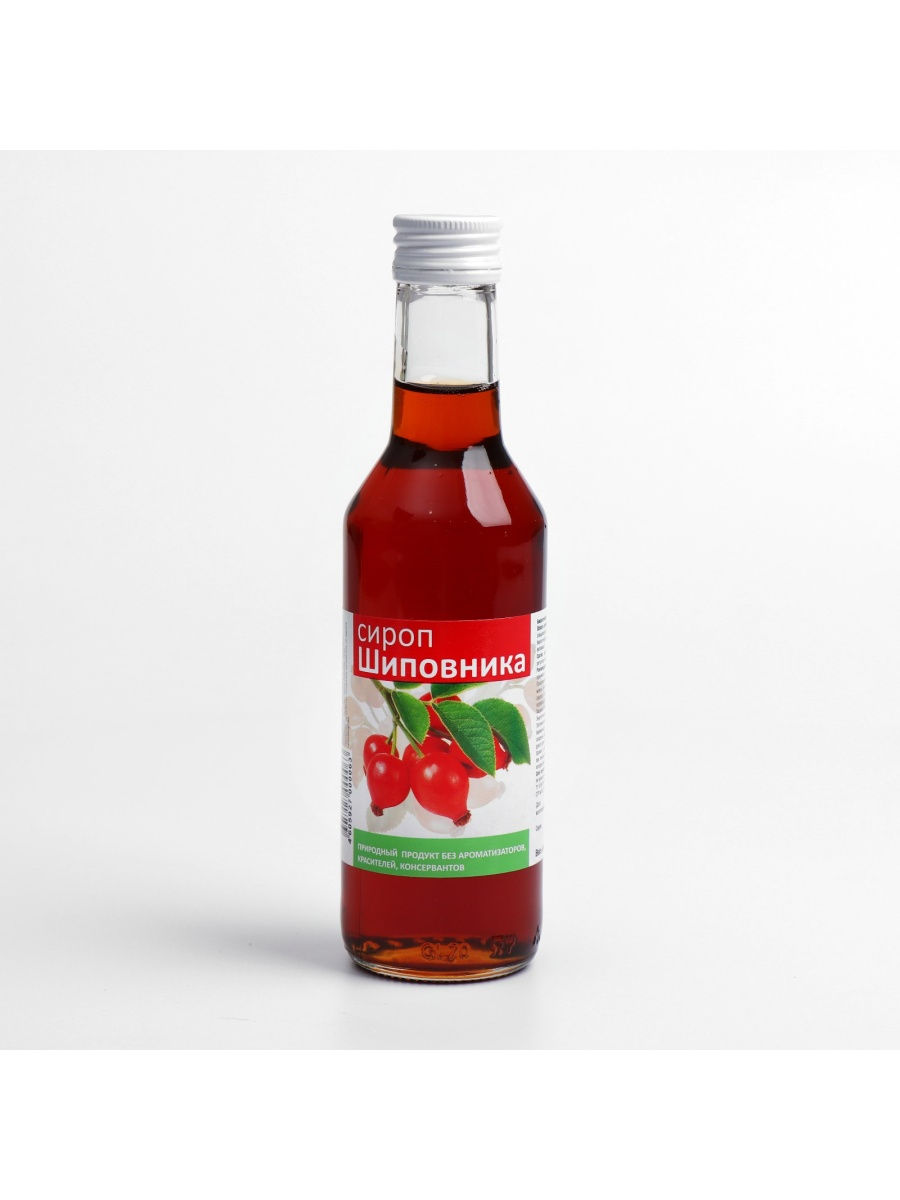




There are no reviews yet.